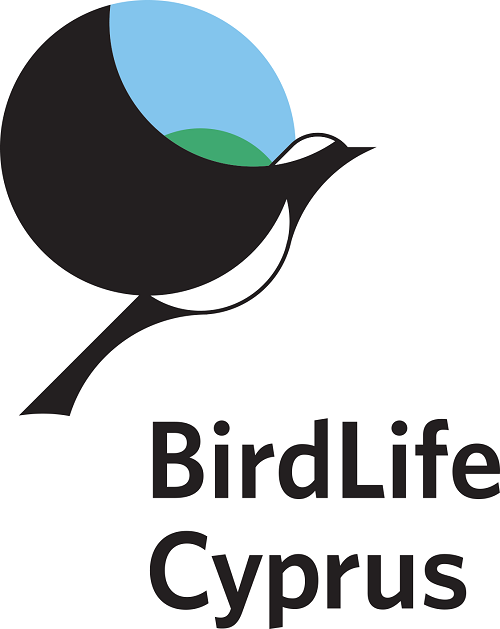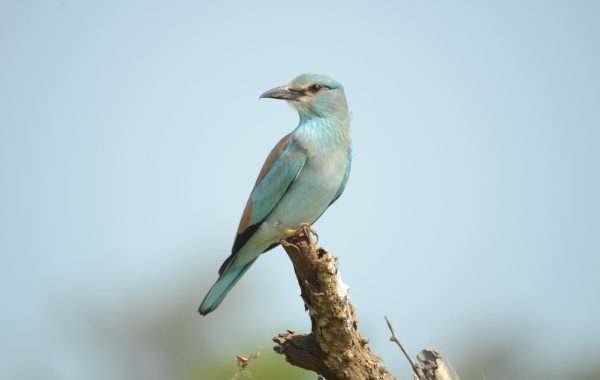A new project is added to the list of developments that threaten the most important wetland system in Cyprus, at Akrotiri, with further degradation.
A haven for thousands of migratory birds and other wildlife, the protected Akrotiri wetlands complex is perhaps the most important area for birds in Cyprus and a go-to destination for nature lovers, tourists and locals alike. One would expect that the area would be under strict protection as well as proper management for the conservation and promotion of its rich biodiversity. One would also expect that, now, more than ever before, in the post-COVID19 era, valuing our most beautiful, wildlife-rich and relatively intact areas would be a given. But it seems that it is not, and, instead, we choose to ‘eat away’ at them with luxury villas, tower blocks, casinos and golf courses.
What’s one more development in a sea of many?
The new project, when all phases are completed, concerns the construction of 310 apartments in the area of Tsierkezoi, distributed in eight apartment buildings up to four floors plus swimming pools, parking lots, courts, etc. This project, in conjunction with other developments that exist or are planned in the area, will bring about a complete change in land use, resulting in the fragmentation and disruption of the sensitive ecosystem of the area. The fact that each project is licensed individually means there is no assessment of the impact all these developments will have collectively on the natural environment of the area. In addition, there has been no Ecological Assessment for several of these developments, as required for projects sited near or within Natura 2000 sites.
Below the list of existing, licensed or planned developments/projects in the area:
- the existing waterpark at Phassouri
- the existing mall at Zakaki
- the existing Limassol port with plans for expansion
- the construction of a casino-resort at Zakaki
- the demarcation of 78 plots at Zakaki
- the construction of two tower blocks and 10 villas at Zakaki
- the construction of a golf course and hundreds of villas at Zakaki
- the construction of a photovoltaic park at Bishop’s Pool, and
- the construction of eight apartment buildings at Tsierkezoi

A blow to the area’s birds and nature
The wider area north of Akrotiri Salt Lake is recognized under scientific criteria as an Important Bird Area (IBA) and should have been designated as a Natura 2000 site for its importance for the Red-footed Falcon Falco vespertinus, a migratory bird of prey whose global population is declining. Traditionally, the area was rich in fruit trees and cypress trees, but now these developments will bring about a complete change in land use, replacing the area’s rural landscape. This will result in cumulative pressures for both the Salt Lake and the birds of the area, especially the Red-footed Falcon and Eleonora’s Falcon Falco eleonorae, which use the area for feeding and roosting.
Issues with changes in the water balance of the Salt Lake
The conversion of the area into residential and the sealing of land will also affect the Salt Lake’s water balance, both in terms of quality and quantity, especially as the flow of rainwater will change since it will pass through residential development before reaching the Salt Lake. There is also the issue on how the aquifer will be affected by this.
Mosquito management raises concerns
The problem arising from mosquitoes in the area and the need for management is also a cause for concern as there is the risk of interventions or measures taken that could jeopardize the integrity of the wetland and its species. Increasing pressures for the draining of adjacent protected wetlands, such as Zakaki Marsh, is also very likely.
The rarest type of wetland
Saline and brackish marshes are the rarest type of wetland globally, accounting for about 0.5% of the world’s total wetland area. That is why the Ramsar Convention has recognized the Akrotiri wetland complex as a wetland of international importance. How much more pressure can a vulnerable area like this take? And how much further development has to ‘sprout’ before it is time to say “enough is enough”?




